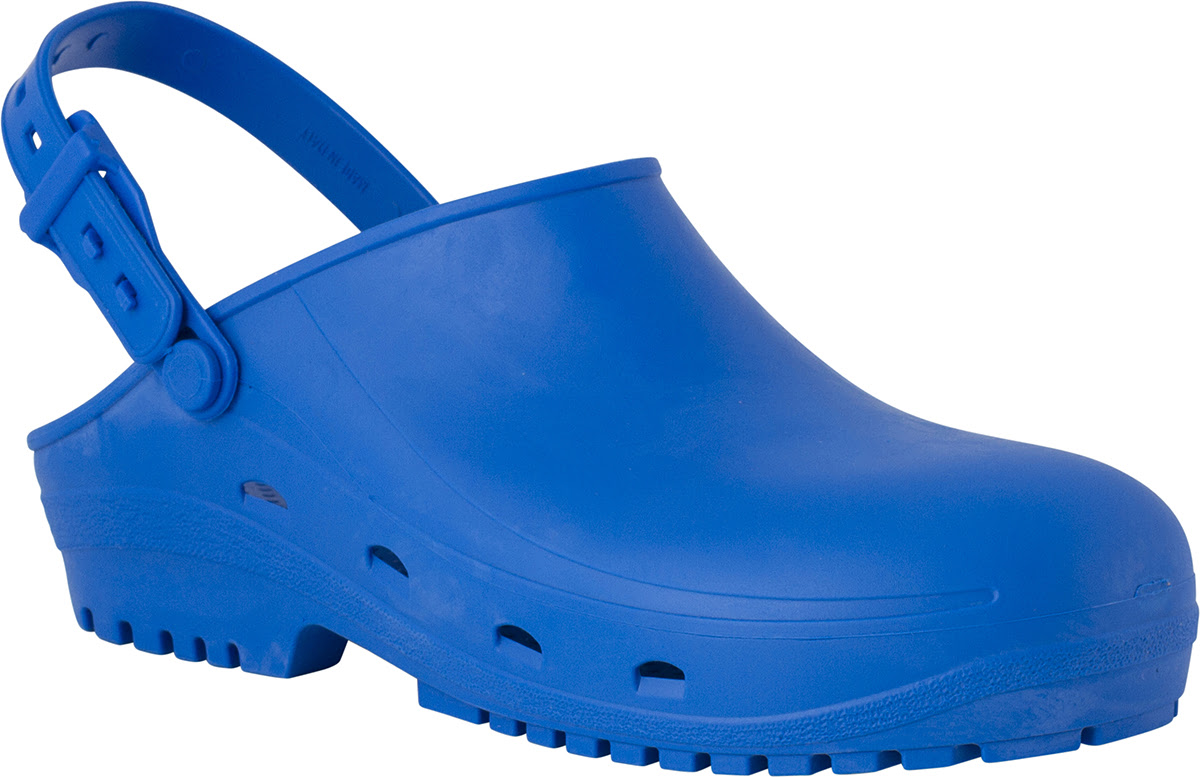Smart Technology is popping up everywhere, from being able to control lights and heating while away from the building, to being able to track individual parcels across the globe. It’s hardly surprising that there are now intentions to create professional clogs with microchips to join the smart revolution.
Contact us for more information
Reposa Is Ahead Of the Game
Despite the fact that the addition of a microchip to clogs is a logical and attractive proposition, there are not currently many other companies offering this service. That makes the smart clog, as developed by Reposa, ahead of the curve.
The microchips are small enough to fit into the clog, making them virtually invisible and undetectable. They certainly don’t affect the comfort of the shoe or the possibility to personalise the clog
If you are concerned regarding the necessity of a chip in clogs then simply consider the chips that already exist in sports and sanitary clothing. This is simply an extension of that principle.
Why The Smart Clog Is A Good Idea
Many large businesses supply uniforms, tools, and other items that are essential for the job. However, when dealing with large numbers of clothing and other items it is impossible to deal with them internally. The result is commercial laundry services are used to facilitate the process.
Of course, with so many garments going through it is easy to mix them up or even mislay items. Microchips have been added to these clothes to help their whereabouts be tracked and ensure they are returned to the right owner.
The same principle is true for clogs. Individually clogs are comparatively cheap. But, losing a whole batch can involve a significant cost and inconvenience for the businesses involved. By adding a microchip to each clog it is possible to verify where it is, who it belongs to, and even what stage of the washing process it is at.
Hygiene has always been important in specific industries, such as healthcare. It has become even more important in recent years, especially in light of the global pandemic.
That means companies need to be confident that their clothes and clogs are returned to be washed or even sterilised . The microchip allows this to be verified in a second.
This ability to verify the location and presence of specific items means that taking inventory suddenly becomes very easy. After all, the computer can do all the counting for you. All you have to do is a random selection to verify the accuracy of the computer's count.
How Microchips In Smart Clogs Work
Microchips are very small and have complicated electronics incorporated into them. Included in the smart clog microchip is a transponder. This transmits a signal, telling you where the clog is.
When the smart clog moves through a smart system it uses near field technology to scan microchips, effectively tracking the progress of each individual shoe.
Of course, the microchips store information, effectively allowing you to allocate a pair of shoes to an individual member of staff. Because the shoes can be tracked it is much harder for staff to lose the shoes and this means wastage or product loss is reduced. That saves the business money.
Developing Smart Clog Technology
As mentioned, smart technology is not new, it is slowly infiltrating every aspect of daily life. But, what is difficult is adding microchips to clogs in a way they cannot be easily removed. When dealing with clothing it is easy to sew a microchip in and difficult for it to be removed.
Doing the same thing with clogs is more difficult as they have limited options for installing microchips without affecting comfort or allowing the microchip to be separated from the product.
It took effort and research to figure out the right size and shape of the chip, how to install it correctly so that it was readable, but at the same time did not alter the comfort of the shoe. Alongside this it is also necessary to check that the frequency of the microchip is the same as that of the reading device.
The microchip is based on Radio Frequency Identification Tags, (RFID). The RFID is classified according to its power supply into two categories:

Passive
This type of tag receives energy from the reading system via radio waves. It is more complex and the tag must be within 10-15m of the reader. This makes the reading process more difficult.. On the plus side, it can operate at low or high frequencies.
Active
Active tags have their own power source. This is often long-life batteries. These tags tend to work better at high frequencies and can be used up to 100m from the reader.
Of course, adding a power supply into a clog creates another set of challenges,which is why Reposa has stopped at passive tags for now.
The difficulty of inserting a microchip into a clog is probably the reason why most clog manufacturers do not offer a smart clog in their product range. Fortunately, Reposa has invested in the necessary research and development to make this possible.